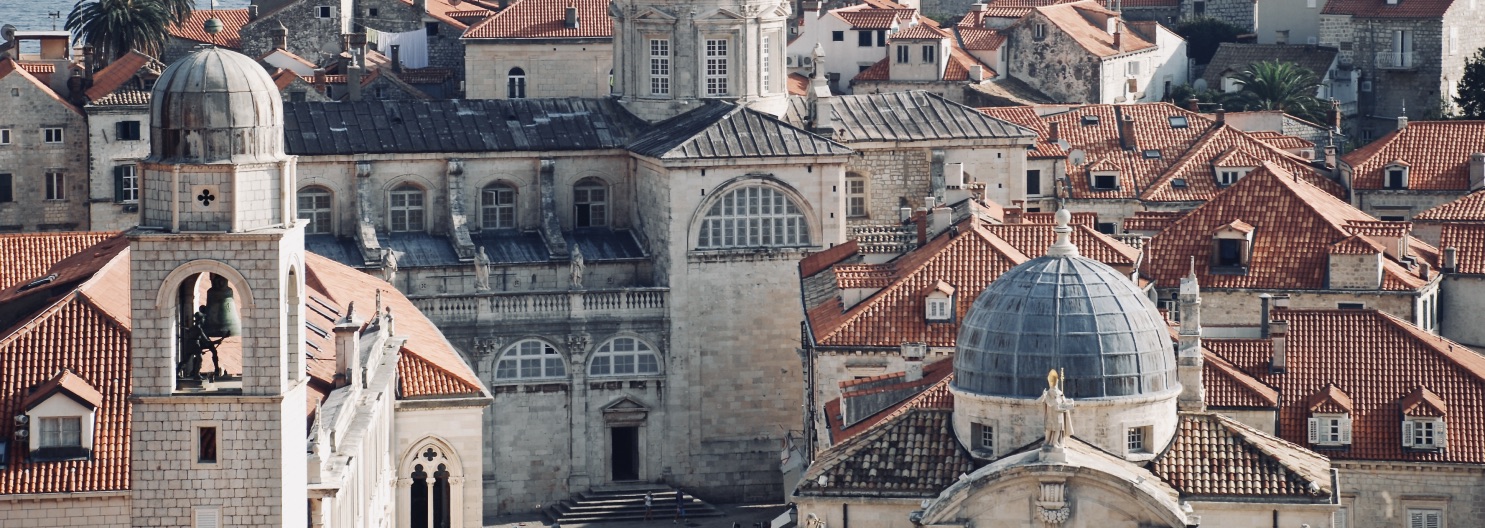Scapoli
Beginning life as a military encampment, Scapoli has grown into what is now known as the ‘Fortress City’, and is the capital of Korinthos. From the Korinthian High Command complex a the centre of the city, the war machine of Korinthos is meticulously managed in their movements and activities above and below the ground. Few, even native Hobgoblins are allowed access to the Citadel that is the nerve centre of the nation, and any who are taken there against their will have little chance of getting out unscathed, or even alive.
The city is shaped like a massive square, with two increasingly smaller square within, and are divided into the Outer Square, Inner Square and Central Square at the heart of the city. The Central Square is also where the Citadel, and enormous castle complex has been constructed that houses the Korinthian Civil Service, High Command, Espionage Command and other administrative and governmental features.
A large shanty town has sprung up outside the fortifications that stretches along and in front of the city’s southern wall. Although the shanty is in the eyes of Korinthos’ military a threat to city security, as it allows people to approach the southern wall undercover, it is tolerated, partly as it provides an ideal recruiting ground for agents to be trained and dispatched across Turoza.
Demographics
As Hobgoblin society is essentially run like an extension of its army, social class does not really affect the citizens of Scapoli, but their rank does. Those lowest down the hierarchy, whether they be standard foot soldiers or labourers are quartered in the outer square of the city, those of lower officer rank in the military, along with merchants and skilled craftsmen reside in the Inner square, and the highest ranking officers, and the wealthiest and most influential citizens live in the inner square. At the heart of the Central square is the Citadel, which houses exclusive apartments set aside for the use of the Marshall and members of the Council of 100.
Only non-Hobgoblins with special dispensation from the city’s administration are allowed to dwell within the walls of the city, and this privilege is extended to very few people. Non-Hobgoblins who are not allowed to live within the city walls have taken up residence in the shanty town.
In terms of Scapoli’s population make-up, 60% of its residents are Hobgoblins, with 30% being made up of Goblinoid auxiliary, Goblins and Bugbears predominantly; a small percentage of whom are garrisoned inside the city, with the rest living in the city’s shanty. The remaining 10% are made up of non-Goblinoid peoples, who have either been given leave to reside in the city, or who reside in the shanty. All of this 10% have been drawn through a desire to capitalise on the ferocity and discipline of Korinthos’ war machine.
Defences
Each square of the city proper is surrounded by a well built, thick stone wall, with garrison and artillery towers built at regular intervals along its length. Entry to the different parts of the city is provided by only two access points per square. Each of these access points is defended by a fortified gate house, that also acts as a large garrison, and effectively acts as an miniature keep.
The Citadel, at the centre of the city is an incredibly well-fortified structure, which has had defensibility put before comfort in its construction. There are numerous defensive parapets and towers built into its construction, and even its internal corridors have been built with arrow loops and murder holes to harry any unwanted people who gain entry.
Some effort has been taken to fortify the shantytown, but this has only really resulted in the construction of a patchy palisade wall that snakes its way around the circumference. Since this palisade has been built, however, buildings have been thrown up on either side of the structure, with unofficial gates and holes being knocked in it to provide access.
Industry & Trade
The Outer Square of Scapoli is home to an extensive metal working industry, most of which is used to supply Korinthos’ Legions. Physically this is represented by a network of blacksmiths and armourers that are dotted throughout the Outer Square, most of which have an associated warehouse to stockpile their produce until it is then shipped out to garrisons throughout the nation.
Infrastructure
Scapoli is well connected within the Korinthian road network, with a direct link between it and the coastal towns that give it access to the sea, and back across the Estrill Sea to Tafran in the east. The city is also very carefully laid out within its wall, with the whole of the Outer and Inner Squares having been built on a grid system. The size of the Citadel in the Central Square, however, does not allow for such a layout, and is instead a lot less regular in its layout.
Geography
The whole city is built on top of a large hill, whose gradient is not too steep, but is certainly noticeable when moving through Scapoli. The Citadel has been constructed around the summit of the hill, meaning that it provides a 360 degree view down over the capital. The hill’s gradient also means that each layer of the defences is looked down on by the one behind, which is invaluable in the event of an attack.
Alternative Name(s)
The Fortress City
Type
Capital
Population
c.65,000
Inhabitant Demonym
Scapolites
Location under
Owning Organization




Comments